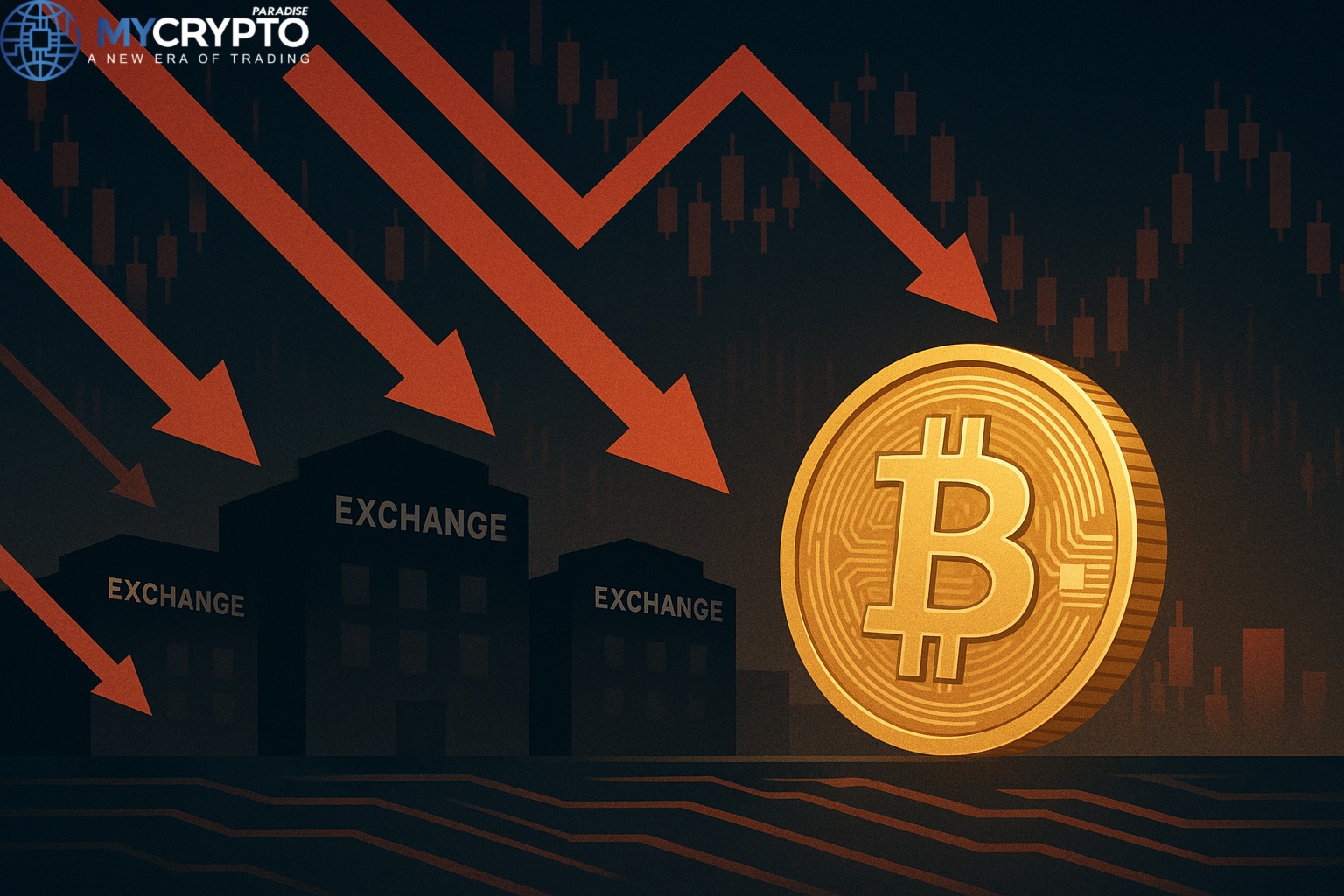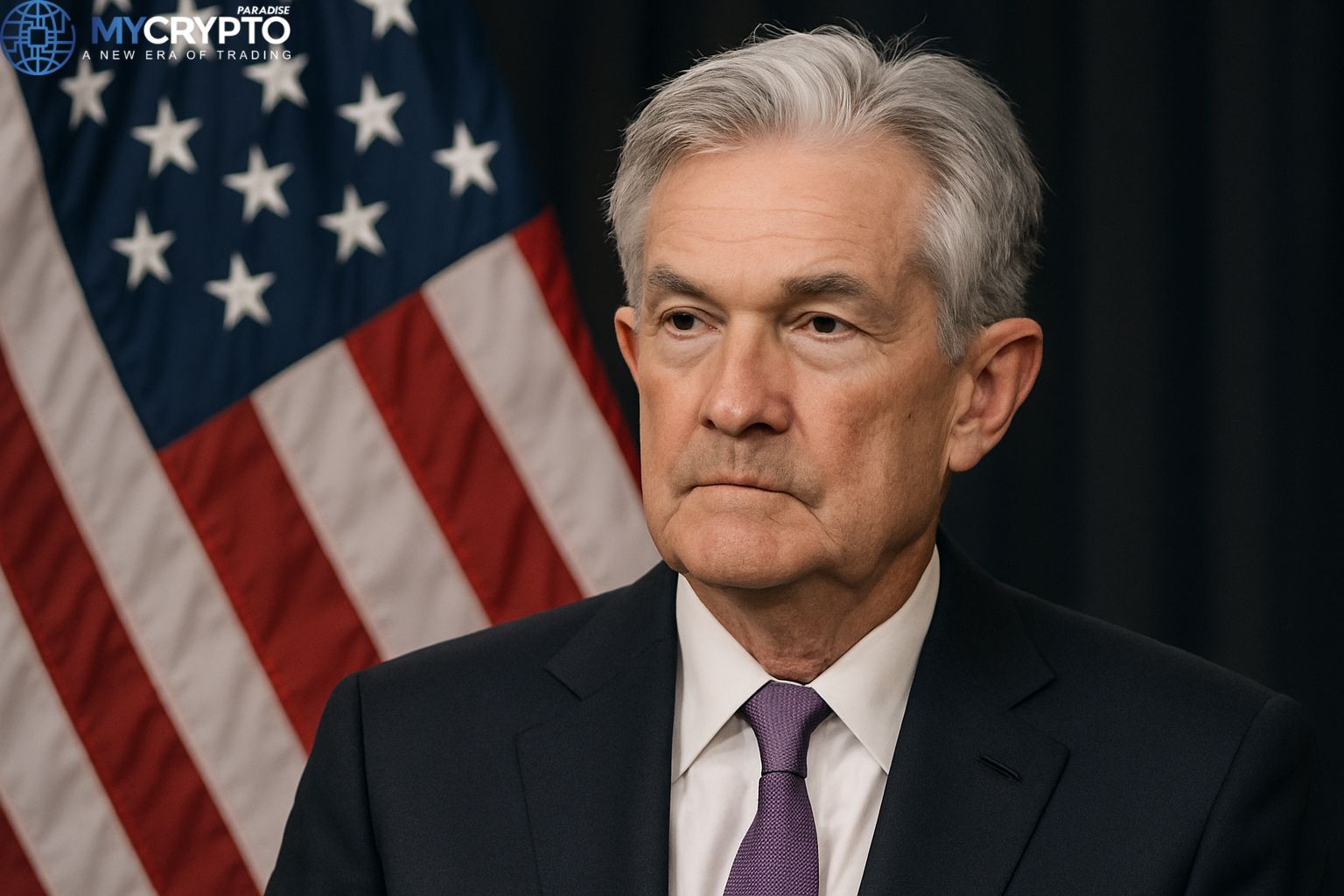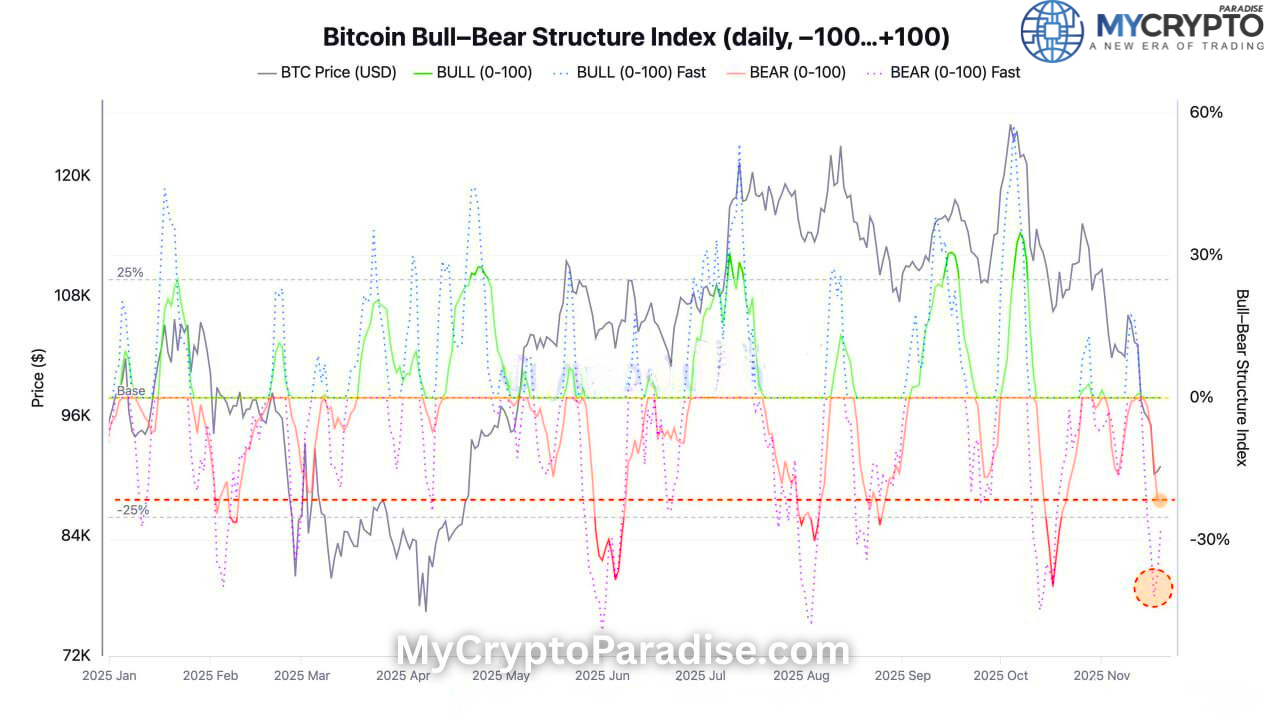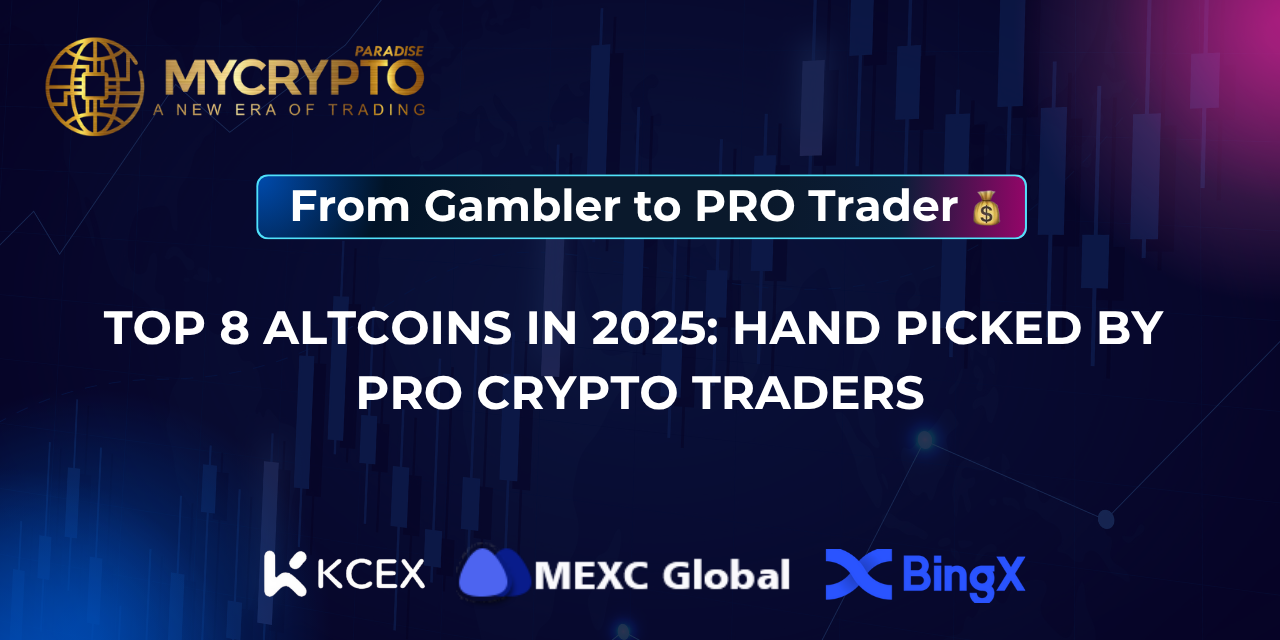The world’s largest digital currency properties manager announced that Michael Sonnenshein would become the new Grayscale Chief Executive Officer. Sonnenshein has been with Grayscale for seven years and worked as Managing Director for three years in his previous position. He will be succeeding Barry Silbert, who is the founder of Grayscale.
Because his experience is in conventional banking, Sonnenshein’s rise to the top position at Grayscale is noteworthy. He started his career at a J.P. investment bank. Morgan, who compares with many other prominent figures in cryptography, grew up in Silicon Valley or hacker circles.
Michael Sonnenshein has played a crucial role in pulling in new customers and expanding the offering of Grayscale from a single Bitcoin trust to 10 separate offerings. Sonnenshein said he expects to launch more new products in the coming year in an interview with Fortune and to develop Grayscale as a brand further.
“My goal is to make Grayscale synonymous with digital finance, such as fixed income for Pimco and index funds for Vanguard,” Sonnenshein said in an interview.
Grayscale Investments closed in 2020 with crypto assets worth $20 billion. In the current competitive market, this data is an indication that institutional investors who are dominated by hedge funds have made use of crypto products.
Through packaging cryptocurrencies as trust shares, Grayscale has built a profitable market for itself and then marketing such shares to affluent individuals and institutions, both of whom face regulatory barriers to personally owning crypto. Those who will buy shares in the trust will have to sell them later to the general public, in exchange for a better markup.
As founder Silbert will be putting more focus on the Digital Currency Community’s activities, which also has OTC crypto trader Genesis Trading, and cryptocurrency news platform CoinDesk, Grayscale will experience a change in its executive leadership.
Barry Silbert has also been a significant sponsor of the Ethereum Classic (ETC), which is 2017 raised its market value to almost $3 billion before slipping back into a wider spread around the cryptocurrency markets.













